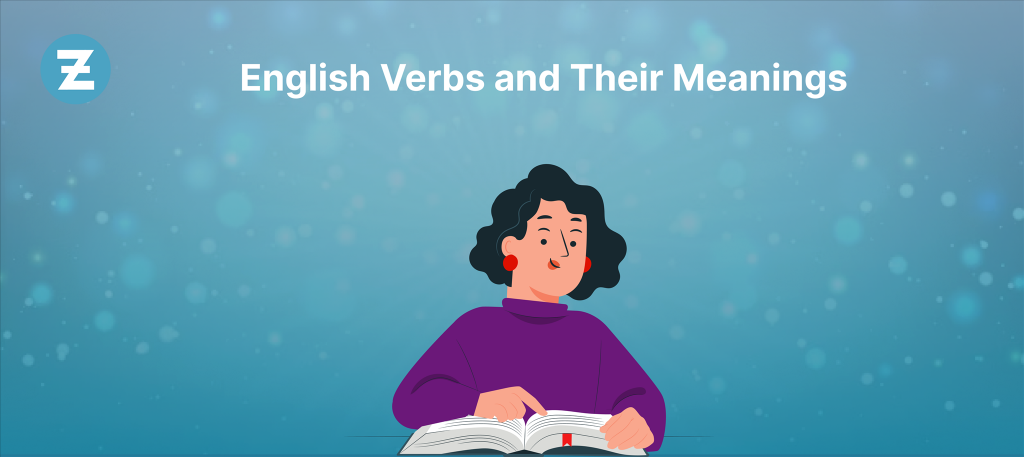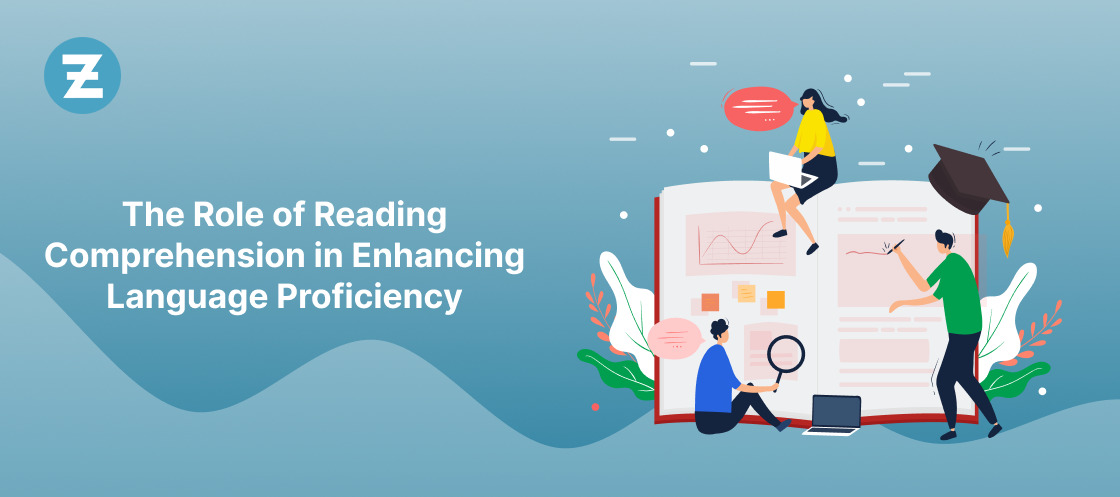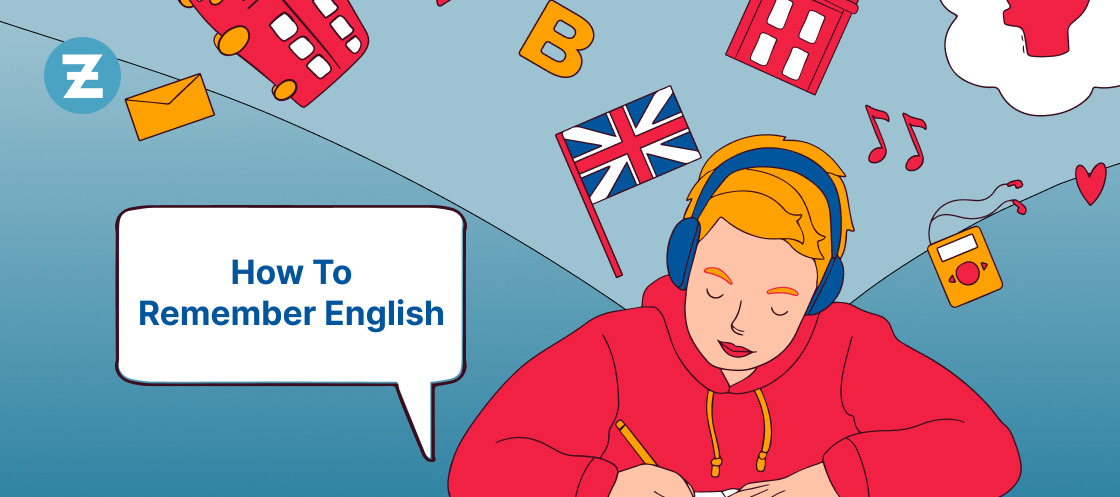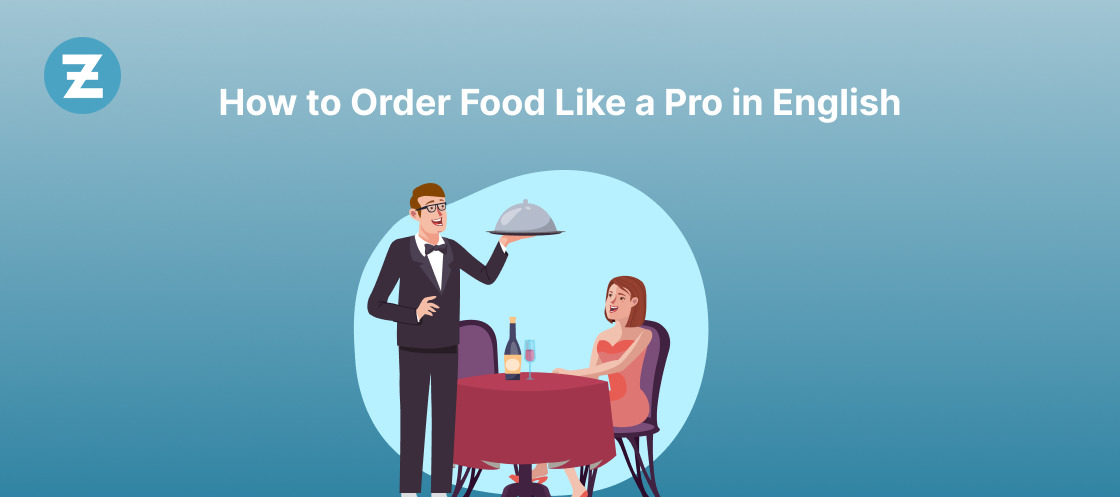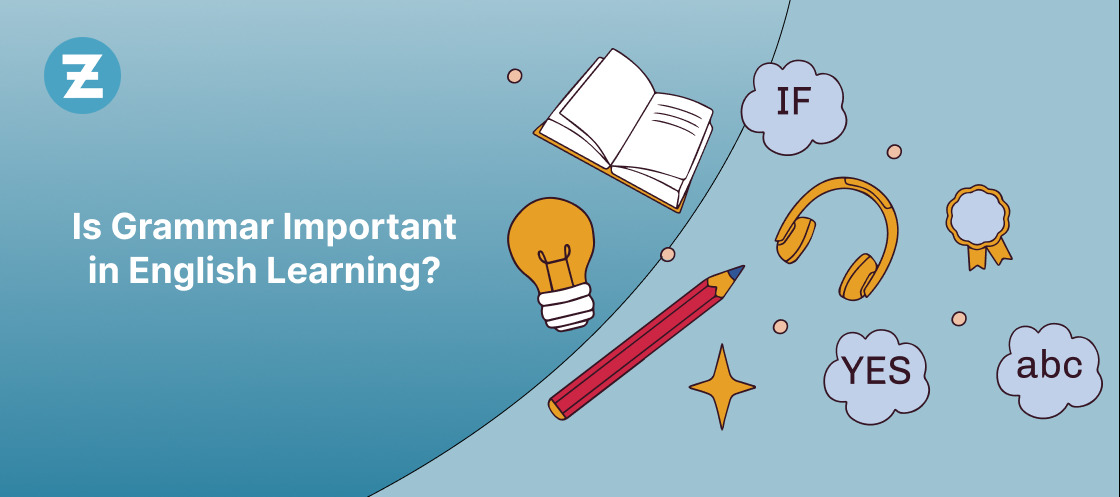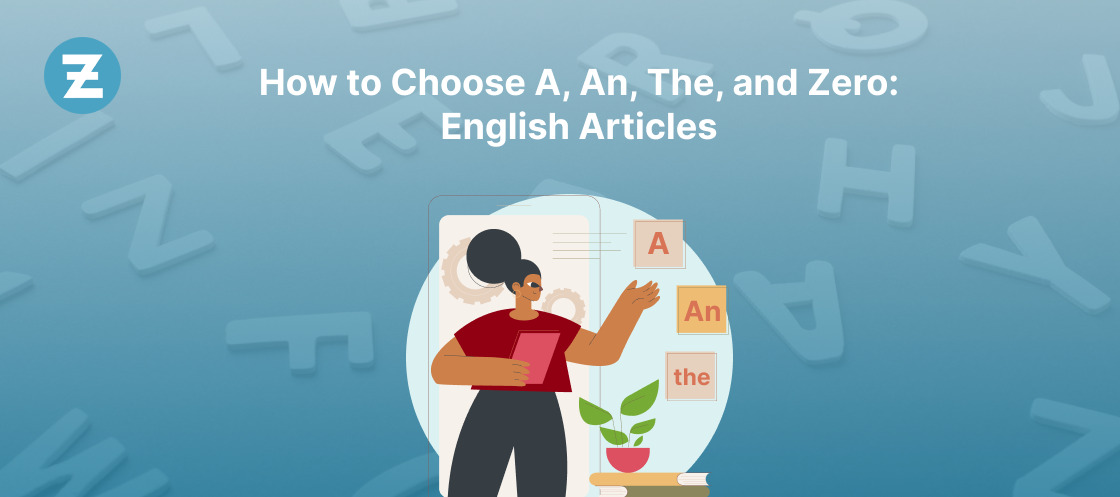English is one of the world’s most frequently spoken languages. It is a corporate, scientific, and international communication language. As such, it is essential to understand and use the most commonly used verbs in the English language. This blog post will explore some of the most popular English verbs and their meanings. Join us as we delve into the nuances of English verbs and how they can help you communicate more effectively.

Here are some most commonly used English verbs with their meanings,
To Have
The verb to have is irregular and is used in many different contexts. It is used to express possession, ownership, and responsibility. You can use it to say that you possess something, to describe the relationship between two people, or to show ownership of a certain action. For example, you can say “I have a car” to mean that you possess a car or “I have two cats” to indicate that you are responsible for two cats.
To Say
One of the most commonly used English verbs is “to say.” This verb is used to express spoken language. It expresses various things, such as opinions, facts, and questions. “To say” can also express wishes, commands, and requests.
To Be
The verb “to be” expresses both existence and identity. In a simple statement, the verb “to be” is used with a noun or pronoun to indicate existence. For example, “I am a teacher” expresses that the speaker exists as a teacher. Similarly, “She is my friend” expresses that the speaker has a relationship with someone else.
The verb “to be” is also used to express identity. In this case, the verb is used with an adjective to describe someone or something. For example, “John is tall” means the subject is tall. Similarly, “The tree is green” means that the tree has the color green.
Read Also: Common English Phrases for Everyday Use
To Do
“To do” is an extremely versatile verb in English. It can express an action or state of being in various tenses, including the past, present, and future. In the present tense, “to do” is used to express an action that is in progress. For example, “I am doing my homework” or “I do my homework daily.” In the past tense, “to do” expresses something done or completed. For example, “I did my homework” or “I have done my homework.” In the future tense, “to do” is used to express something that will be done in the future. “I will do my schoolwork,” for example, or “I am going to complete my homework.”
To Make
To make is an English verb used to express many different meanings. It can mean to create something, causing something to happen, to bring about a result, to assemble something from parts, to prepare food, to bring something together, and much more.
The verb “make” is often combined with other words to express a specific meaning. For example, “make a plan” means to create a plan. “Make an effort” means to try hard. “Make a difference” means to have a positive effect on something.
To See
When we use the verb “to see,” we typically use our eyes to look at something. However, this verb has a much broader meaning than just looking. It can also be used to indicate understanding or comprehension. For example, when you say, “I see what you mean,” you express your understanding of the situation.
The verb “to see” is also used to describe the process of learning. This verb can describe our understanding of a subject or situation. For example, if you are studying a new language, you might tell someone, “I am seeing the language.” This conveys the idea that you are gaining an understanding of the language by studying it.
Read Also: 20 English Phrases For Beginners to learn
To Think
To think is often an intransitive verb, meaning it does not require a direct object. This means we use it to express our thoughts and feelings without referring to something else. For example, “I think I’m going to go for a walk,” or “I think the weather is nice today.” It’s a verb expressing ideas and emotions without referring to something else.
To Want
The most commonly used verb in English is the verb to want. To want is a verb that conveys a desire or need. It is used in present and past tenses and can be conjugated in various ways.
“I want a new car” and “I want a new car” are both legitimate statements. The first statement expresses a desire for a new car, and the second expresses a desire for a car already obtained.
To Know
To know is an essential verb for both spoken and written English. It is used when one wants to convey any type of knowledge or understanding. It is also used to express an opinion or to express an understanding of a fact.
When it comes to its usage in English, to know can be used in different forms, depending on the context. In the present tense, “to know” expresses certainty. For example, one might say, “I know that John is a good father.” In the past tense, “to know” expresses a lack of certainty. For example, one might say, “I did not know that John was a good father.”
Read Also: Difficult Words To Practice For Non Native English Speakers
To Give
To give is often used to denote the act of providing something to someone else. This could be a physical object, such as a gift or a helping hand, or something more abstract, like giving someone your time or attention.
For example, you might say, “I gave my sister a book for her birthday,” or “I gave my friend some advice on how to deal with their problem.” The verb “to give” expresses providing something to another person in these sentences.
To Get
To get is used to indicate the act of receiving or obtaining something. For example, “I need to get some groceries” or “Did you get the package I sent you?” In these cases, “to get” refers to gaining physical commodities, information, or something else.
To Come
The verb to come is typically used to indicate movement from one location to another. For example, “I’m coming to your house tomorrow” or “She came to the store to buy some groceries.” This use of the verb is easy to understand. It simply means that someone is moving toward the place being mentioned.
To Use
‘To use’ is a versatile verb used in various senses, from the simplest actions to the most complex ideas. It is a transitive verb, which requires an object to complete the meaning of a sentence. For instance, ‘I use the computer’ is incomplete without the object’ computer.’
The most common sense of ‘to use’ is its literal meaning, which refers to the physical act of utilizing something. For example, ‘I use the car to go to work’ or ‘She uses a pen to write a letter.’ In such cases, ‘to use’ is often followed by a direct object, which is the thing that is being utilized.
Read Also: Professional English Words To Use In Workplace
To Tell
The verb “to tell” is an action word that describes conveying information or giving instructions. It is used to communicate a message or to provide instructions to someone. For example, if someone asks you for directions, you might say, “Turn left at the next intersection, and then tell the third house on the right.” In this context, the verb “to tell” instructs the person asking for directions.
To Call
To call has multiple meanings, including to name, to summon, to shout, to telephone, to announce, and to describe. Its versatility makes it valuable in everyday conversation, business communication, and academic writing.
In everyday conversation, we use the verb “to call” to name people, places, and things. For example, we might call a person by their name, call a specific type of food by its name, or call a specific object by its name. When we call something by name, we identify it and clarify what we refer to.
To Look
One of the most common uses of “to look” is to describe using your eyes to see something. For example, “I looked out the window and saw a bird.” In this context, “look” describes using your eyes to observe something.
Another use of “to look” is to describe searching for something. For example, “I looked for my keys all morning.” In this context, “look” describes searching for something with intent and purpose.
To Find
“To find” is to describe the act of discovering something. For example, you might say, “I found my keys in the kitchen,” or “She found a new job.” This use of the verb is particularly useful in everyday conversation as we constantly discover new things in our lives.
Another common use of “to find” is to describe locating someone or something. For example, you might say, “I can’t find my phone,” or “I found the perfect restaurant for dinner tonight.” This use of the verb is particularly useful when trying to convey the idea of searching for something or someone.
Read Also: Some Of The Hardest Words To Pronounce In English
To Work
The verb “to work” is used to engage in an activity involving physical or mental effort to achieve a particular goal or outcome. This can refer to a wide range of activities, from working at a job to cooking dinner or exercising. In all cases, the key element is an intentional effort to accomplish something.
To Take
“To take” is a verb used in various contexts and situations. It can be a transitive verb, requiring an object to complete its meaning, as in “I am going to take a shower.” It can also be an intransitive verb, meaning it does not require an object to complete its meaning, as in “I need to take a break.”
To Go
The verb “to go” describes a change in state or condition. This can include things like becoming sick or getting better and changes in emotional states. For example, you might say, “I am feeling better now,” or “I am going through a difficult time.” The verb “to go” describes a state change in both cases.
Final Thoughts
In conclusion, mastering the most commonly used English verbs is crucial for effective communication. Understanding their meanings and usage in different contexts can help you express yourself confidently and clearly. Various resources are available to further enhance your English language skills, including language improvement apps such as Zoundslike. This app offers a game-based interactive learning platform that makes learning English enjoyable and effortless. With Zoundslike, you can practice your language skills on-the-go, and improve your vocabulary, grammar, and pronunciation.
FAQs
Q.1 What are the most commonly used English verbs?
The most commonly used English verbs include ‘be,’ ‘have,’ ‘do,’ ‘say,’ ‘go,’ ‘get,’ ‘make,’ ‘see,’ ‘know,’ and ‘take,’ among others. These verbs are fundamental in expressing various actions, states, and relationships in English.
Q.2 How can I understand the meanings of English verbs?
Understanding the meanings of English verbs can be achieved through context, usage examples, and learning resources such as dictionaries or language learning platforms. Practice and exposure to different contexts will enhance your understanding of verb meanings.
Q.3 Are there irregular verbs in English?
Yes, English has irregular verbs that do not follow the regular pattern of adding ‘-ed’ for the past tense or ‘-s’ for the third person singular. Examples of irregular verbs include ‘go-went,’ ‘have-had,’ ‘do-did,’ ‘be-was/were,’ and ‘see-saw.’ Learning these irregular forms is important for using verbs correctly.
Q.4 Can verbs have multiple meanings?
Yes, many verbs in English have multiple meanings depending on the context. For example, the verb ‘run’ can mean both physical movement and operating a machine or organization. Understanding context and usage patterns will help you grasp the various meanings of verbs.


